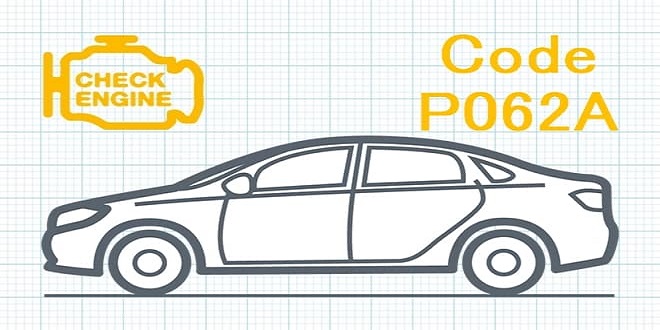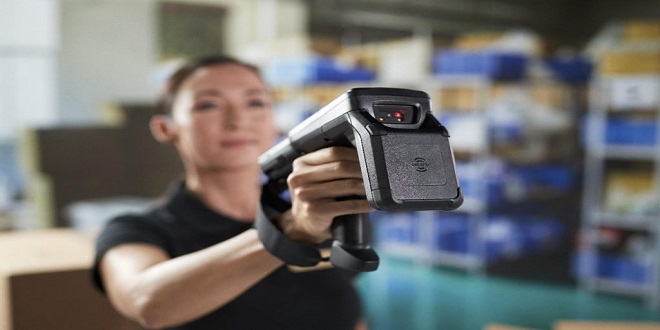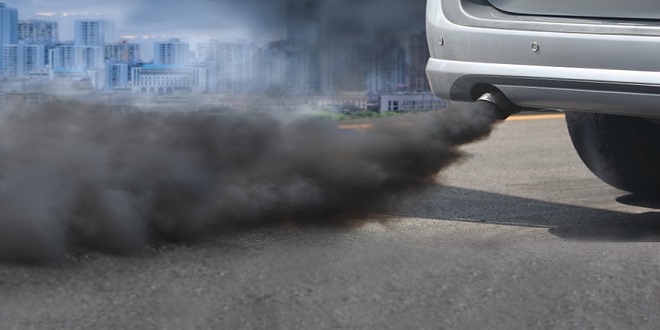Diagnosing fuel control system faults

Introduction
As with all systems, the six stages of fault-finding should be followed.
- Verify the fault.
- Collect further information.
- Evaluate the evidence.
- Carry out further tests in a logical sequence.
- Rectify the problem.
- Check all systems.
The procedure outlined in the next section is related primarily to stage 4 of the process. Some common symptoms of a fuel system malfunction together with suggestions for the possible fault. Note that when diagnosing engine fuel system faults, the same symptoms may indicate an ignition problem.
Testing procedure
Caution/Achtung/Attention – Burning fuel can seriously damage your health! The following procedure is generic and, with a little adaptation, can be applied to any fuel injection system. Refer to the manufacturer’s recommendations if in any doubt. It is assumed the ignition system is operating correctly. Most tests are carried out while cranking the engine.
- Check battery state of charge (at least 70%).
- Hand and eye checks (all fuel and electrical connections secure and clean).
- Check fuel pressure supplied to rail (in multipoint systems it will be about bar but check specifications).
- If the pressure is not correct jump.
- Is injector operation OK? – continue if not (suitable spray pattern or dwell reading across injector supply).
- Check supply circuits from the main relay (battery volts minimum).
- Continuity of injector wiring (0–0.2 and note that many injectors are connected in parallel).
- Sensor readings and continuity of wiring (0–0.2 for the wiring sensors will vary with type).
- If no fuel is being injected and all tests so far are OK, suspect ECU.
- Fuel supply.
- Supply voltage to pump (within 0.5 V battery – pump fault if supply is OK).
- Check pump relay and circuit (note in most cases the ECU closes the relay but this may be bypassed on cranking).
- Ensure all connections (electrical and fuel) are remade correctly.
Advanced fuel control technology
`Air–fuel ratio calculations
which is known as stoichiometry. This figure can be calculated by working out the exact number of oxygen atoms, that are required to oxidize completely the particular number of hydrogen and carbon atoms in the hydrocarbon fuel, then multiplying by the atomic mass of the respective elements. Petrol consists of a number of ingredients, these are known as fractions and fall into three chemical series
The ideal air-fuel ratio for each of these can be calculated from the balanced chemical equation and the atomic mass of each atom. The atomic masses of interest are:
Therefore the oxygen to octane ratio is 800: 228 or 3.5: 1; in other words, 1 kg of fuel uses 3.5 kg of oxygen. Air contains 23% of oxygen by mass (21% by volume), which means 1 kg of air contains 0.23 kg of oxygen. Further, there is 1 kg of oxygen in 4.35 kg of air.
and the effect the air-fuel ratio has on engine performance. With modern engine fuel control systems it is possible to set the air-fuel ratio exactly at this stoichiometric ratio if desired.
Last word
As usual, though, a compromise must be sought as to the ideal setting. shows a graph comparing engine power output and fuel consumption, with changes in air-fuel ratio.





